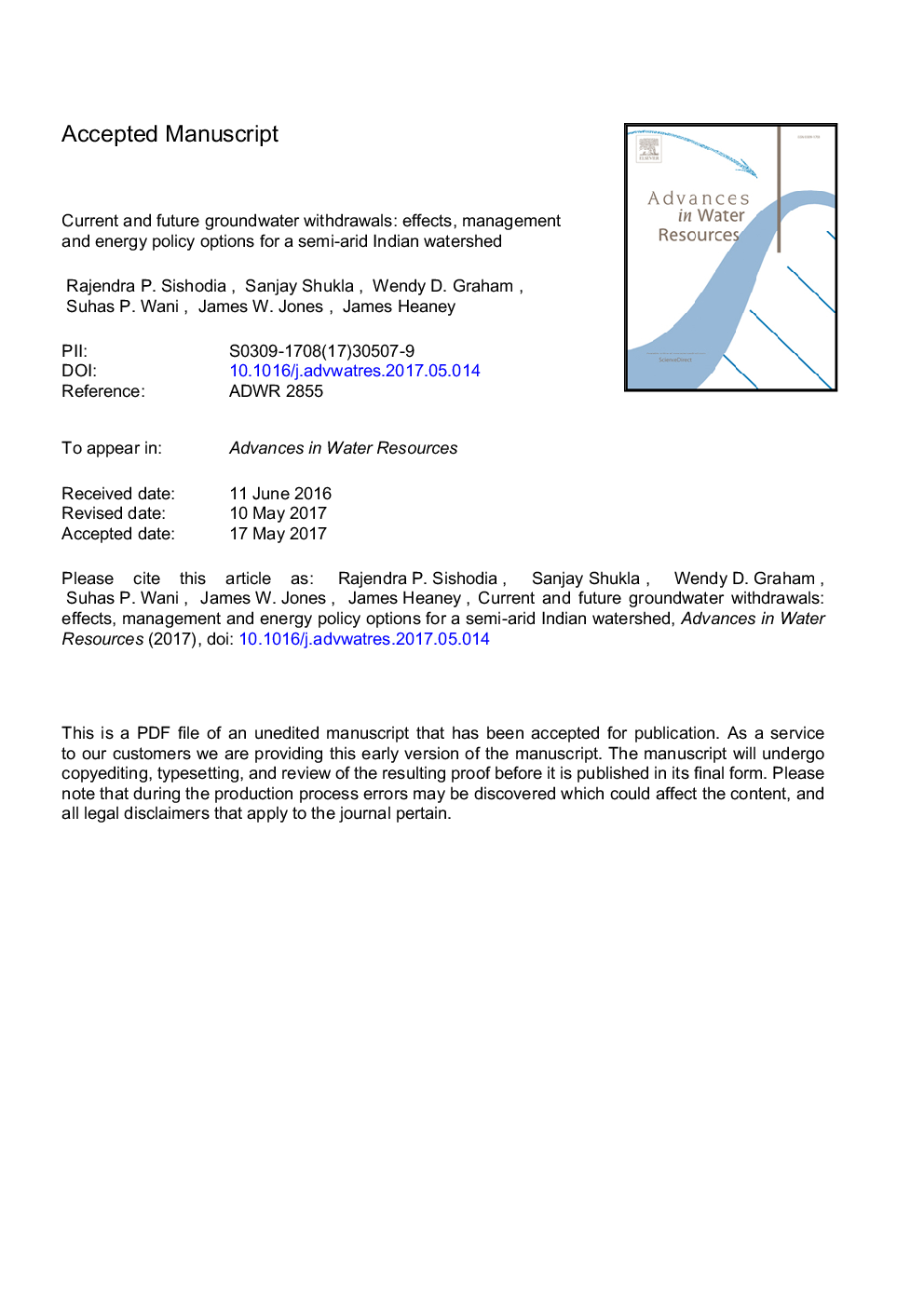ترجمه فارسی عنوان مقاله
در حال حاضر و آینده برداشت های آب زیرزمینی: اثرات، سیاست های مدیریت و سیاست های انرژی برای یک حوضه نیمه خشک هند
عنوان انگلیسی
Current and future groundwater withdrawals: Effects, management and energy policy options for a semi-arid Indian watershed
| کد مقاله | سال انتشار | تعداد صفحات مقاله انگلیسی |
|---|---|---|
| 96134 | 2017 | 61 صفحه PDF |
منبع

Publisher : Elsevier - Science Direct (الزویر - ساینس دایرکت)
Journal : Advances in Water Resources, Volume 110, December 2017, Pages 459-475
ترجمه کلمات کلیدی
یارانه برق کشاورزی، آبخوان سنگ سخت آب و مواد غذایی و انرژی رابطه، بهره وری استفاده از آب، آب انبار، خشک کردن خوب
کلمات کلیدی انگلیسی
Agricultural power subsidy; Hard rock aquifer; Water-food-energy nexus; Water use efficiency; Water storage; Well drying;

